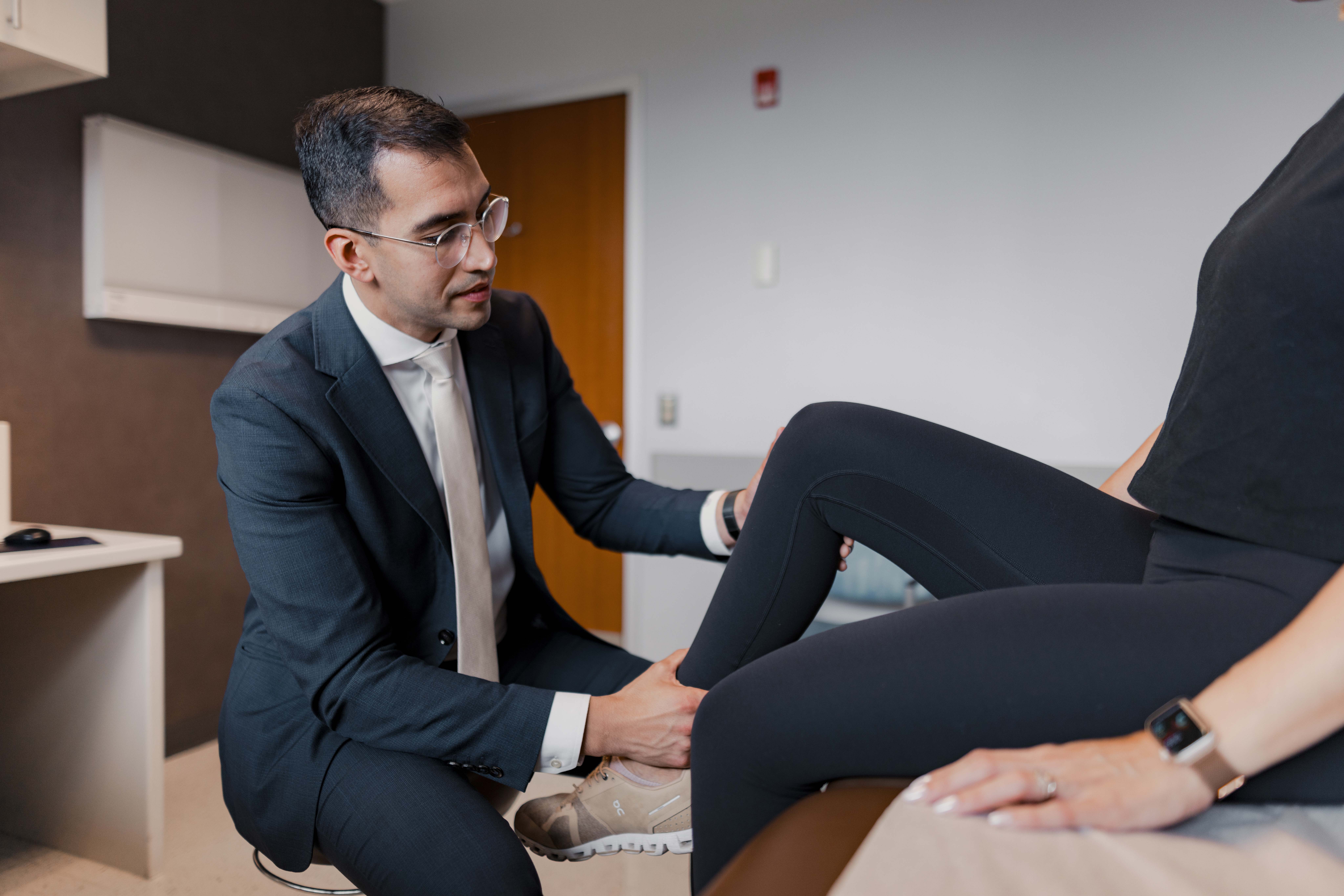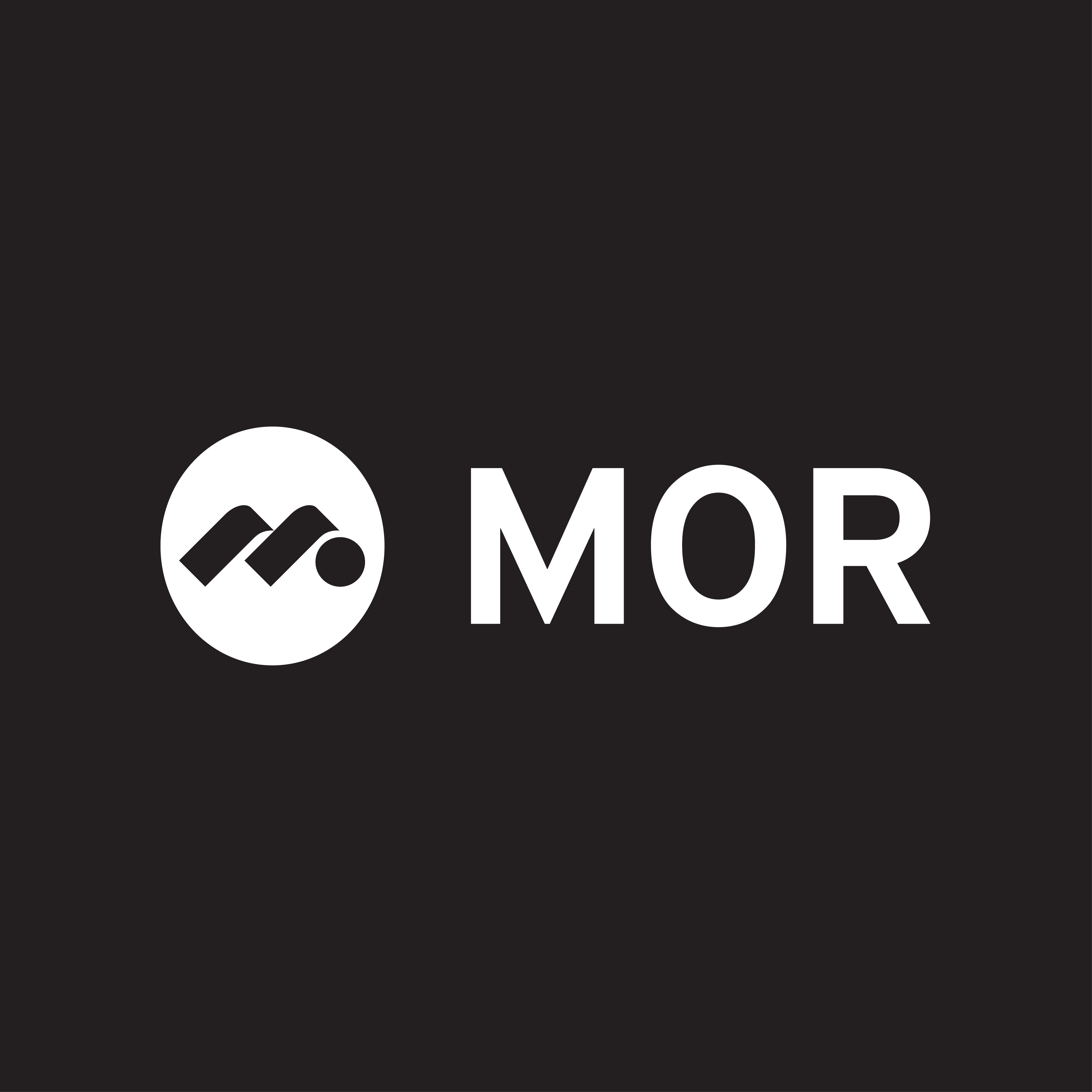News
Shedeur Sanders Oblique Injury: Analysis & Recovery Timeline
Date posted: 8/12/2025
Last updated: 8/12/2025
Table of Contents
Shedeur Sanders, the rookie quarterback for the Cleveland Browns, recently exited joint practice with the Philadelphia Eagles due to an oblique injury. According to multiple media reports, the injury occurred during throwing drills and has sidelined him from subsequent practices, casting doubt on his availability for the next preseason game.
Dr. Jeremy Alland, a sports medicine primary care physician, analyzes the injury and shares insight into Sanders's timeline for recovery and return to sport.
What is an Oblique Injury in a Throwing Athlete?
The oblique muscles — both internal and external — are crucial for core stability and rotational power. In quarterbacks, these muscles generate much of the torque needed for deep, accurate passes.
An oblique strain typically occurs when these muscles are overstretched or overloaded, often during high-velocity rotational movements like throwing. In football, this can happen:
- During a powerful throw with torso rotation
- When a throw is made off-balance or under pressure
- After repetitive high-intensity passing without adequate recovery
Symptoms and Diagnosis of an Oblique Injury in Throwing Athletes
Common symptoms of an oblique strain include:
- Sharp pain in the side or lower ribs during rotation
- Discomfort with coughing, laughing, or deep breathing
- Localized tenderness over the affected muscle
In elite athletes, diagnosis often involves a physical exam and sometimes diagnostic imaging to assess the grade of the strain. Severity can range from mild overstretching (Grade 1) to partial tearing (Grade 2) or more significant injury (Grade 3).
Treatment Approach for Oblique Injuries
Treatment for an oblique strain focuses on reducing pain, restoring range of motion, and gradually re-loading the muscle for sport-specific activity.
Phase 1 – Acute Care
- Rest from throwing and twisting motions
- Ice and anti-inflammatory measures
- Gentle breathing and core activation exercises
Phase 2 – Early Rehabilitation
- Gradual introduction of pain-free stretching
- Core stability work that avoids aggravating movements
- Soft tissue therapy to improve healing
Phase 3 – Strength and Power Restoration
- Rotational strength training
- Plyometric and stability drills
- Progressive throwing program starting with short passes
When Can an Athlete Return to Sport After an Oblique Injury?
Recovery time depends on injury severity, the demands of the position, and the athlete’s response to rehab:
- Mild strains: 2–3 weeks
- Moderate strains: 4–6 weeks
- Severe strains: 6–8+ weeks
Quarterbacks often require full rotational strength and pain-free mechanics before returning to play, as incomplete healing can significantly increase re-injury risk.
Rushing back too soon from an oblique strain can lead to:
- Re-injury (common in rotational sports)
- Altered throwing mechanics that stress other body parts
- Chronic pain or delayed healing
For Shedeur Sanders, the priority should be complete recovery—even if that means missing preseason reps. Returning at 100% ensures both short-term performance and long-term durability.
About Dr. Jeremy Alland
Dr. Jeremy Alland is a board-certified sports medicine physician based in Chicago, specializing in the care of athletes at all levels. A former collegiate baseball pitcher, he has served as team physician for the Chicago Bulls, Chicago White Sox, and several collegiate and high school programs. Dr. Alland earned his medical degree from Rush Medical College, completed his Family Medicine residency at UPMC St. Margaret Hospital in Pittsburgh, and returned to Rush for his fellowship in sports medicine. His expertise includes treating throwing athletes, golfers, and performing ultrasound-guided procedures, with a focus on helping athletes recover quickly and safely return to play.

